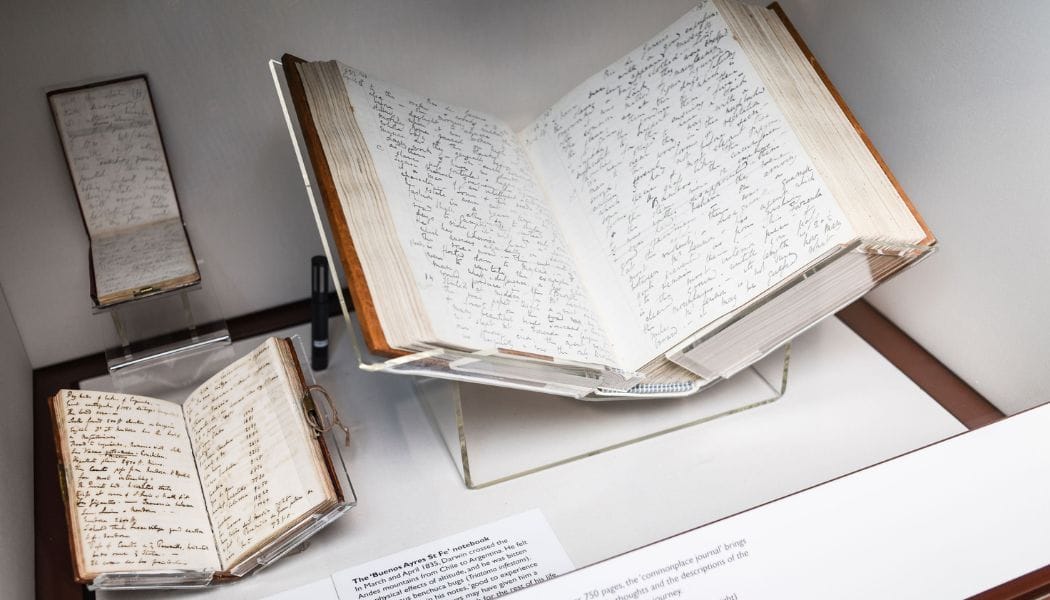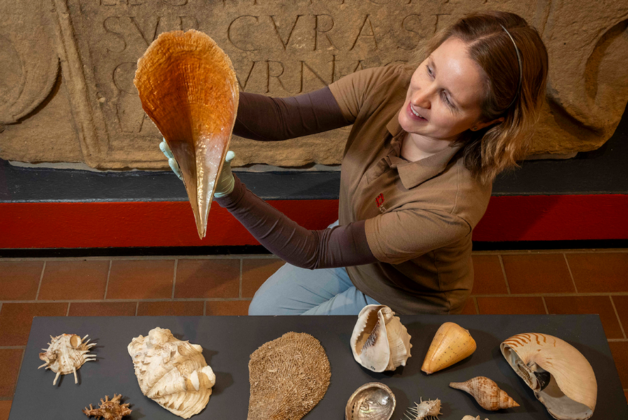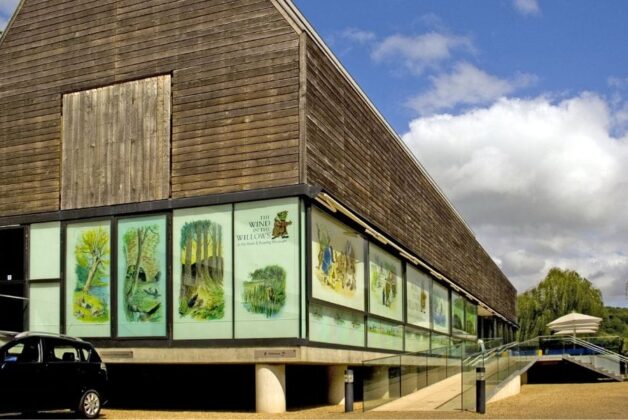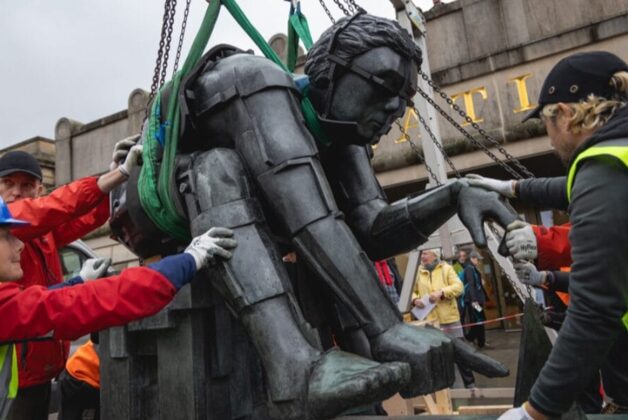Image: Case in the Voyage Room at Down House containing Charles Darwin’s ‘Buenos Ayres’ notebook, 88202332 and his ‘Journal of the Beagle Voyage’, 88202366. Reproduced with permission of English Heritage
Six major UK institutions collaborated to secure UNESCO recognition for Darwin’s documentary heritage, highlighting its scientific importance and ensuring preservation.
Charles Darwin’s documentary heritage has been inscribed on the UNESCO International Memory of the World Register, in recognition of its importance to global science.
The archive joins other documentary heritage on the UNESCO International Memory of the World Register, including the Domesday Book, Shakespeare Documents, and Sir Winston Churchill’s personal archive.
The inscription comes as part of UNESCO’s latest recognition of 75 archives worldwide onto the register.
The archive, comprising over 20,000 items, is spread across six major UK institutions. Its collaborative inscription brings together materials held by Cambridge University Library, the Natural History Museum, the Linnean Society of London, English Heritage’s Down House, the Royal Botanic Gardens, Kew, and the National Library of Scotland.
Cambridge University Library’s collection includes Darwin’s pocket notebooks with early statements of key evolutionary ideas and the ‘Tree of Life’ diagram drawn after his HMS Beagle voyage. The Linnean Society houses letters, manuscripts, books, and John Collier’s original 1883 portrait commemorating the first reading of Darwin’s evolution theory in 1858.
The Natural History Museum holds correspondence including an 1844 letter to his wife Emma with instructions should he die suddenly, while the National Library of Scotland maintains correspondence with Darwin’s publisher John Murray documenting the publication process of “On the Origin of Species.”
At the Royal Botanic Gardens, Kew, the collection features 44 letters sent during the HMS Beagle expedition to Professor John Stevens Henslow, detailing Darwin’s travels and the development of his evolutionary theory as he encountered new plants, wildlife, and fossils. The collection also includes a sketch of the orchid Gavilea patagonica drawn by Darwin himself.
Down House in Kent, where Darwin lived and worked for 40 years until his death in 1882, houses a collection including over 200 books from his personal library, account books, diaries, the “Journal of the Voyage of the Beagle” manuscripts, Beagle notebooks, and letters. Items such as scrapbooks, Emma Darwin’s photograph album, and Darwin’s will are also part of the collection.
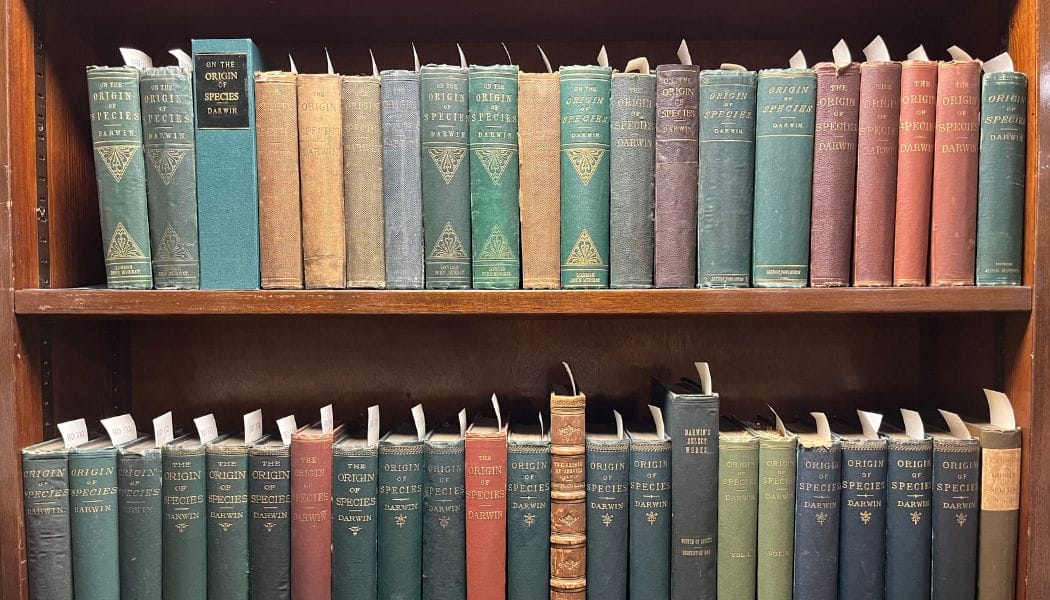
In keeping with UNESCO Memory of the World Programme principles, much of the Darwin archive remains accessible to the public at the partner institutions and locations.
Dr. Matt Thompson from English Heritage, said: “It is the charity’s great privilege to care for a wide range of his archive including a number of his diaries and journals from the Beagle expeditions. All housed within the place where he wrote his great work On the Origin of Species. It’s our pleasure to be part of sharing the memory of Darwin.’
Dr Doug Gurr, director of the Natural History Museum, added: “As well as a fitting tribute to one of the world’s greatest scientists, this is an important acknowledgement of the past, present and future significance of library and archive materials as we continue to transform the study of natural history and tackle the planetary emergency by finding solutions from and for nature.’

